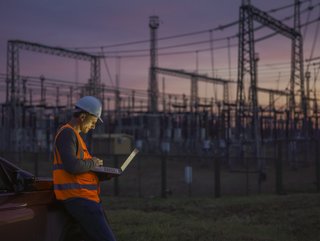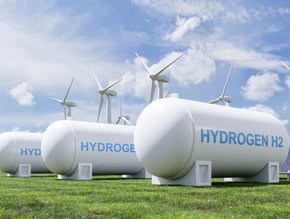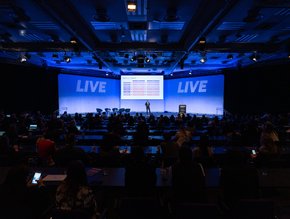Internet of Energy: Optimising efficiency and lowering costs

With the Internet of Things (IoT) being highlighted as key in efficient energy management, it is clear that there is still a need for greater sustainable energy consumption. This leads businesses to consider how the Internet of Energy is ultimately evolving to optimise energy use in the future and as a result, lower costs and enable energy production to become more efficient.
In order to provide some clarity on what the Internet of Energy is doing, Energy Digital considers not only how the Internet of Energy is used by businesses currently, but how it is projected to be used going forward for ‘the smart home.’
A technology to optimise energy use
Internet of Energy (or IoE) is a technological term that refers to a technology that links power generation, distribution, and consumption to optimise energy use and lower costs. It uses IoT technology to collect and manage data and operations throughout multiple points within a power grid structure.
The Internet of Energy also has plenty of use cases, like smart meters that are used in homes or businesses, for example. Smart meters use two wireless networks to communicate with a utility company. The Home Area Network then connects appliances and lights to the meter, which help utility companies determine the energy demand in a particular area.
- Increased efficiencies
- Significant cost savings
- Reduction in energy waste
The Internet of Energy is able to optimise efficiency through digital tools like sensors, actuators, and computers, to name a few. This optimisation of energy is expected to reduce costs and also increase reliability in delivering power to homes and businesses alike.
An additional benefit will be to eliminate wasted power generation. It will do this by informing energy producers when systems are at maximum capacity or in low demand. Just Energy suggests that there are thousands, if not millions, of access points for the Internet of Energy, including power plants, transmission lines, substations, and delivery networks with smart sensors.
Challenges ahead
There are also plenty of benefits to the Internet of Energy. The process involves the upgrade and automation of electricity infrastructures for energy producers and manufacturers. Ultimately, this allows energy production to move forward more efficiently and cleanly, thereby avoiding as much waste as possible.
Ultimately, the Internet of Energy is integral to the Internet of Everything, not least because it enables users to interact with smart devices in a sustainable way. It also connects all energy devices to achieve grid balance, with the interconnection providing security and providing energy that is both cheap and clean. Yet, Fiberroad makes the point that the success of this technology completely depends on how well it integrates with already existing infrastructure.

- Coordination and cooperation between technologies
- Network challenges
- Complexity of interconnections
- System security
One challenge with IoT is the complexity of integrating relevant devices into energy systems. To overcome these difficulties, Fiberroad suggests that electric companies should invest in IoT base systems and hire experts to oversee these constructions.
The excitement concerning the Internet of Energy is that it aims to incorporate renewable energy sources into the existing power grid. With the climate crisis looming, it will become increasingly important to move these types of energies further onto the online space. Whilst businesses will benefit, it is becoming clearer that making the home more energy efficient by harnessing the Internet of Energy is key for the future.






